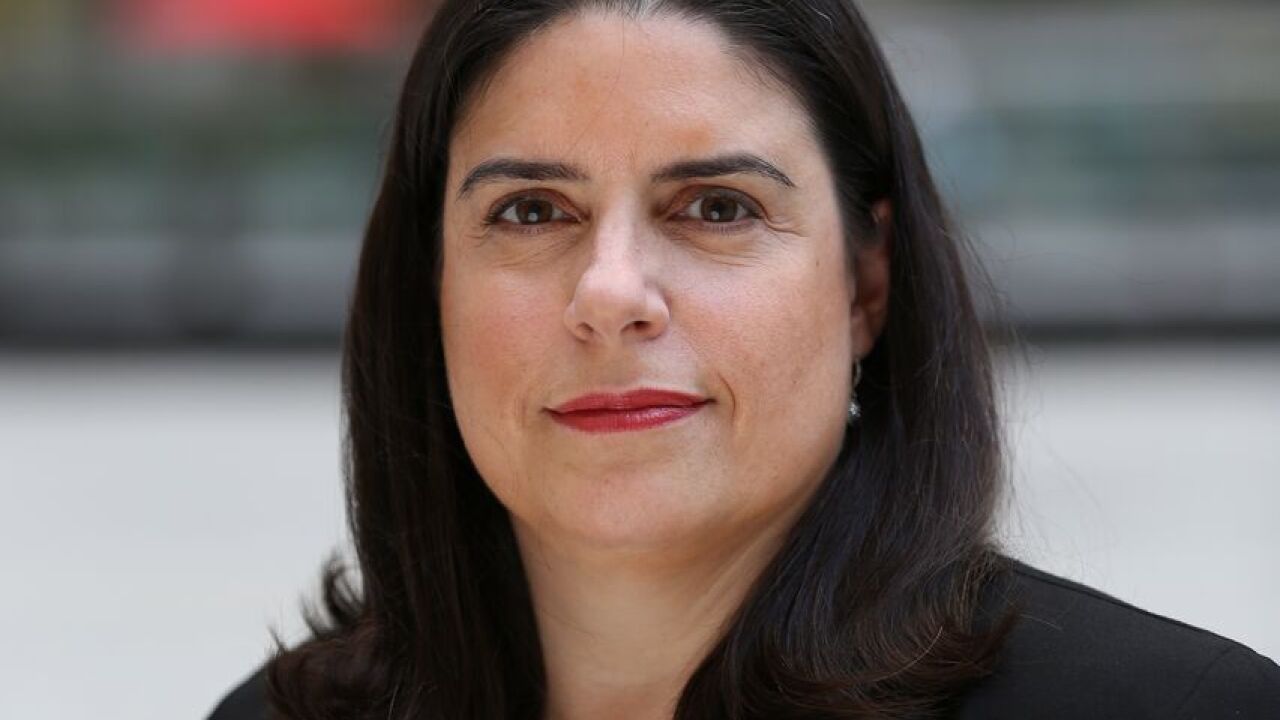The New York Metropolitan Transportation Authority is set to issue $50 million of variable rate revenue bonds on Clarity Bidrate Alternative Trading System, highlighting the uptick ofvariable rate debt since the loss of advanced refundings. It also highlights how the municipal industry is using ever-evolving technology that the market has at its fingertips.
"We are excited to be bringing a deal that is priced using an alternative trading system, one that we feel is compelling and attractive enough to encourage the buy side to participate,” Pat McCoy, Director of Finance for the MTA said. "Going about the deal this way is very helpful for both sides of the equation — as it helps the issuers who want to access that market and take advantage of the attractiveness of the short-end of the curve — and for the buy side. They need good-quality supply to put into their money market funds."
Siebert Cisneros Shank was lead manager on the Wisconsin deal and will also be running the books on the MTA transaction. The Wisconsin deal was reportedly successful, as it received strong investor demand and ended up being 1.7 times oversubscribed.
"Clarity is a great platform that allows investors to engage transparently with issuers, then, in turn, issuers can get direct input on demand, levels. This way of financing is another tool issuers have to interface with investors," Suzanne Shank, Chairwoman, CEO and a co-founder of Siebert Cisneros Shank, said.

The MTA transaction will hit Clarity on June 5 and get its initial rate, with the first reset after Siebert underwrites the issue into the market on Friday. BMO Capital Markets will serve as the liquidity facility provider. The rate will then re-set every week in Clarity ATS going forward.
"For Clarity, getting a market-leading issuer, such as the MTA, is the result of continued momentum. It shows issuers that we now have the capability to switch to bidable VRDOs from their current floating-rate note mode," Rob Novembre, president and CEO of Clarity said.
Although it is hard to directly compare the Wisconsin deal to the upcoming MTA deal, because the former was self-liquidity, expectations of the outcome are positive.
"Having a top-tier issuer like the MTA using the platform, it will surely generate more interest in doing a deal this way. The MTA carries a lot of cache in this marketplace, so we expect it to be well received," Shank said.
Patrick Luby, senior municipal strategist at CreditSights said that with VRDOs, there is a different market dynamic than with the fixed rate market — as VRDO investors are willing to accept volatility in what yields they will earn, but they want to be able to get in and out of their positions at par. As such,o in between the reset dates, the remarketing agents are often willing to use their own capital to help facilitate that for their clients. In the fixed rate market, the underwriter may not always have the best bid.

"There is growth of electronic trading across the municipal market, but it still lags behind corporate and Treasury trading," Luby said. "But it will gain additional traction going forward."
He noted that somewhere in the neighborhood of 70% of all Treasury trades are done electronically, but the further away you get from a plain-vanilla market like Treasurys, the harder it is to do it all electronically.
"So we should not expect that the share of electronic trading in munis is going to be able to eclipse the share in the Treasury market—certainly not anytime soon,” Luby said.
He added that the innovation of Clarity is "a great thing for the market," as it facilitates a more open, efficient and transparent marketplace.
"While I don’t think that the electronic market platform will completely replace the traditional market for VRDOs — because the willingness of the remarketing agents to participate in between the resets remains very important — I do think that over time Clarity can achieve meaningful market share and that anywhere between 10% and 30% seems plausible.”
"The par amount of secondary market VRDOs on offer according to Bloomberg data has averaged $3.6 billion per week this year, with the highest week coming in at $11.1 billion. You have almost $6.5 billion available right now. As the amounts offered fluctuate with demand, yields can be expected to react. And with over $20 billion maturing and called June 1 principal getting returned to investors, demand for VRDOs is very likely to pick up next week.”
Interest in Clarity's platform has also increased in
Variable rate debt has been used more often since the beginning of 2018 when the new tax laws went into effect. Bidabble VRDO allows for a issuer to sell a long-term bond but have the flexibility to have optional redemption at a high frequency and they are not stuck with something like a 10-year non-call, that would leave them stuck.
"I think that is due, at least in part, to issuers recognizing that the loss of advance refunding means they have reduced flexibility in how they can manage their debt portfolios," Luby said. "Issuing variable rate debt that amortizes over a longer time frame adds some interest rate risk but also some flexibility and it diversifies a debt portfolio. I wouldn't be surprised to see this happen more often."
Shank added that advanced refundings are still a big loss, but she is hopeful that it will be restored. But until then, issuers will continue to use other creative solutions.
"Variable rate is another opportunity for issuers to manage costs," she said. "Today, everyone is looking to lower costs but infrastructure is in high demand, so issuers have to use different, innovative strategies to reduce cost and gain investor appeal."





